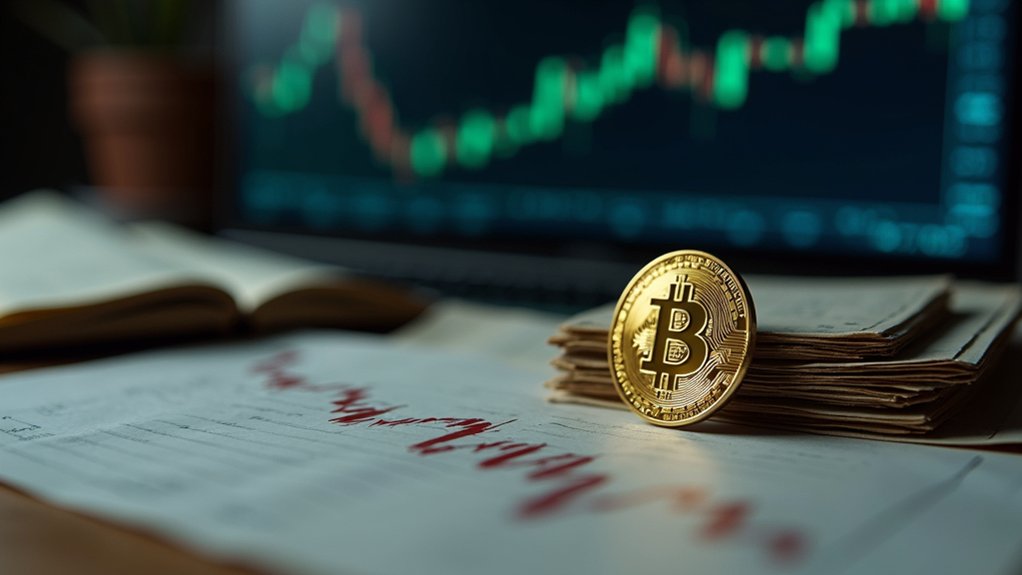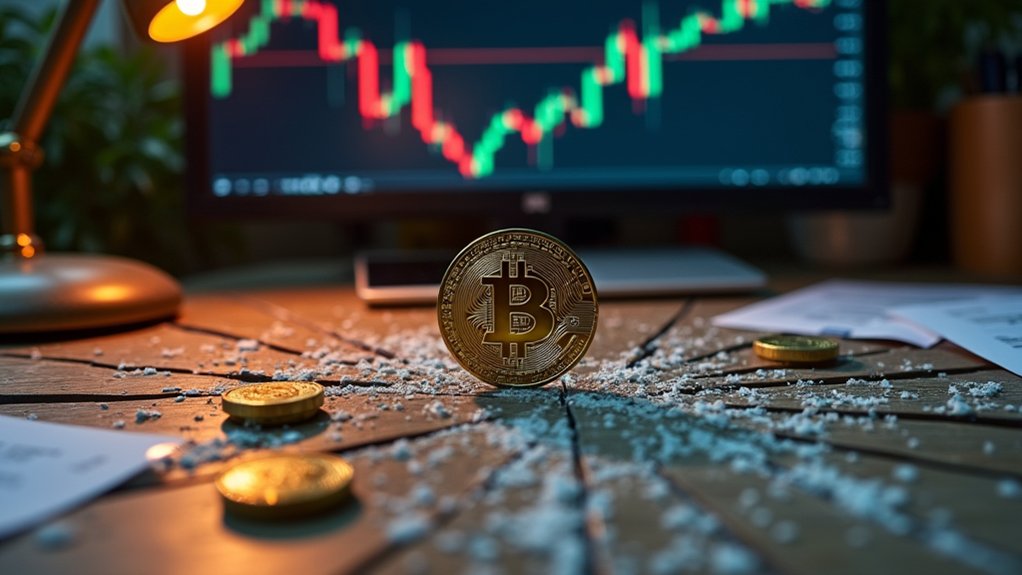The recent halving of long-term holder (LTH) activity in the Bitcoin ecosystem, defined by UTXOs unspent for at least 155 days and identified through temporal spending-probability curve analysis, represents a substantive shift in on-chain dynamics that bears direct implications for market liquidity, price formation, and investor sentiment, as the cohort that controls approximately 14.7 million BTC—near 74% of circulating supply—has materially reduced coin movements while sustaining a SOPR above unity, a combination that suggests profit realization without systemic capitulation, constrains marginal selling pressure amid waning price momentum around the mid-$90,000s, and simultaneously raises questions about potential support levels provided by the LTH realized price and the propensity of these long-duration holders to either resume distribution in a renewed bullish impulse or consolidate holdings in anticipation of extended market consolidation. Observed through cohort-specific metrics, the LTH designation, derived from UTXO spending-probability thresholds, isolates investors whose multi-month dormancy characterizes conviction-driven allocation strategies, thereby enabling refined interpretation of on-chain liquidity provision and absorption, particularly as institutional accumulation channels have increasingly amplified balances and altered the marginal supply available to spot markets. The persistence of an LTH SOPR greater than one, when juxtaposed with a pronounced reduction in transactional frequency, intimates selective profit-taking behavior that extracts realized gains without provoking broad-based liquidation events, a dynamic that tempers downside volatility while simultaneously limiting sources of additive buying power, a condition consequential for price discovery in an environment of attenuated momentum. From a macro-regulatory vantage, evolving compliance regimes and jurisdictional clarifications surrounding custody, reporting, and exchange operations exert measurable influence on LTH behavior by shaping institutional accumulation incentives and the administrative frictions associated with on-chain transfers, thereby affecting both the velocity of coin rotation and the structural distribution of holdings across custodial and noncustodial repositories. Consequently, the halving of LTH activity constitutes a pivotal input into models of market resilience and prospective support levels, encouraging stakeholders to weigh realized-price anchors, institutional demand trajectories, and regulatory impacts in evaluating the likelihood that long-duration holders will either re-engage as marginal sellers during renewed rallies or persist in consolidation amid protracted sideways market conditions. This dynamic closely ties to the broader concept of the LTH realized price, which serves as a foundational support level reflecting long-term investor conviction. Additionally, cohort analysis shows that over 55% of circulating supply has remained unmoved since late 2018, reinforcing the scale of long-term commitment. This behavior underscores the role of blockchain technology in providing a transparent and immutable record of holding patterns that facilitate such detailed on-chain analysis.
Author
Tags
Share article
The post has been shared by 0
people.









